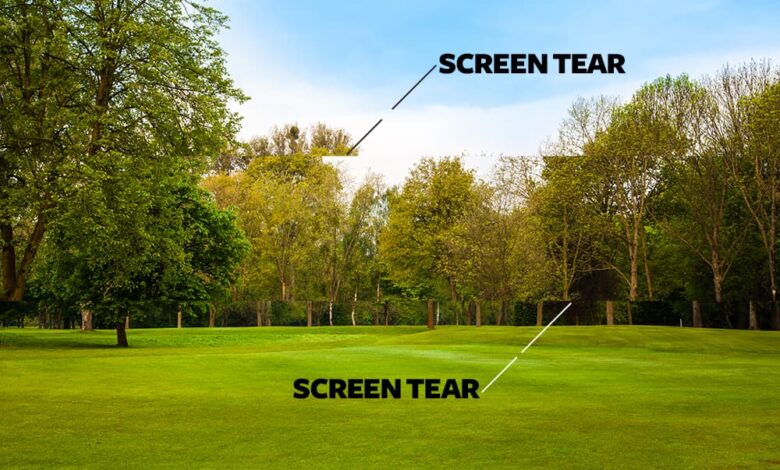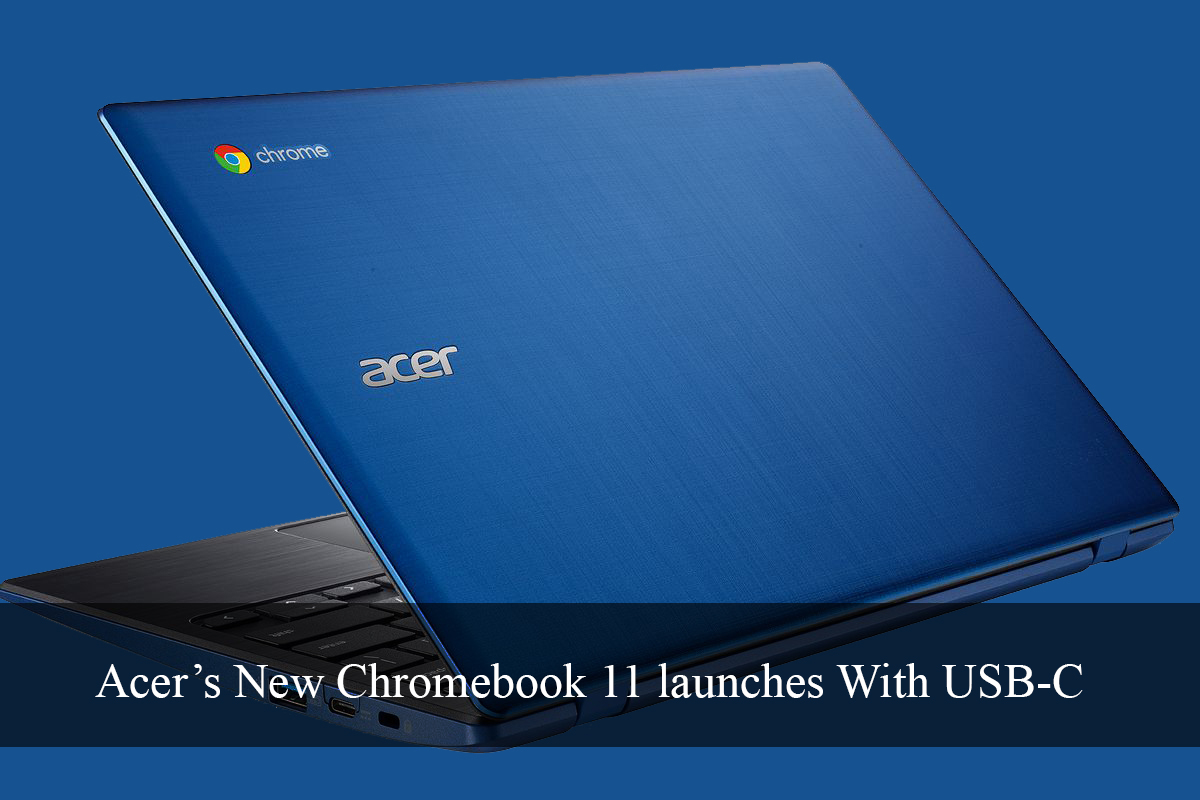What is Screen Tearing? Find Out How to Fix It and Improve Your Display

introduction
In today’s technology-driven world, encountering digital hiccups is inevitable. One particularly annoying hazard that is common on digital display use is ‘screen tearing’. But what exactly is the solution? This article is submitted to help you identify, understand, and ultimately improve upon this disturbing process.
When a video projector such as a computer monitor or TV displays multiple images at once, the screen tears, creating the appearance of visual misalignment This is often expressed as an irregular line breaking up the image directly on the screen. Typically, this interference is caused by a mismatch between the monitor refresh rate and the graphics card output.
The effect of a split screen can seriously damage your viewing experience, especially when watching videos or games. It can cause visual inconsistencies and jargon on the screen display, sometimes making the display unusable for intensive graphical tasks.
To understand screen tiering
Before diving into the solution, it’s important to understand the basic concept of screen tearing and how it occurs. By capturing technical data, we can properly analyze and solve the problem while avoiding confusion.
What is screen tearing?
Screen tearing is a visual phenomenon that occurs when a video display generates multiple frames simultaneously, creating an uneven line or “tier” that moves up the screen and consequently as an image the variety appears disjointed, resulting in a disjointed and uncomfortable viewing experience.
Reason for screen tearing
The main reason for screen wear is the mismatch between the refresh rate of the display and the output of the graphics card. The refresh rate refers to the number of times the monitor refreshes its image per second. at the same time, that is.
If the GPU sends frames to the monitor at a rate that doesn’t match the refresh rate, the screen can tear. For example, if the monitor has a refresh rate of 60 Hz (i.e. it refreshes the image 60 times per second), and the GPU frames at 80 frames per second, no frame will be displayed at all beforehand and the next has come resulting in parts of multiple frames appearing in a single image The screen is torn apart.
Effects of screen tiering
Screen tears can significantly impact many aspects of the viewing experience and hardware:
- Better Eyesight: Tearing reduces the overall look of an image, making it less interesting and easier to look at.
- Games and media : For gamers and media enthusiasts, screen tears can severely hamper their ability to enjoy games or videos, because as visual impairment can be distracting and cause confusion .
- Hardware : If left unchecked, continuous screen tears can lead to rapid degradation of hardware components such as the GPU as well as the monitor itself.
Determining the cause of the panel separation
Now that we have a solid understanding of what screen tear is and why it occurs, the next step is to figure out exactly what could be causing this digital friction in your system This planning is important because if specifying the underlying factors will determine the solution that is appropriate for your situation.
Common causes of screen tears
- Mismatched refresh rate and frame rate: As mentioned earlier, screen tearing appears when the refresh rate of the monitor and the frame output of the graphics card are not properly matched
- Outdated image driver: Another factor can be an outdated GPU driver. Because these drivers facilitate communication between software and hardware, outdated versions may not handle complex tasks properly, resulting in screen cracking
- Hardware Limitations: Sometimes hardware components may not have the capacity to handle the requirements of higher resolution. An old monitor or an overactive GPU could be a possible source of the problem.
- Software Problems: The software you use can also cause the screen to tear. For example, some gaming applications can overwhelm your system resources, causing the screen to tier.
How to identify issues
Finding the cause of panel tears requires a mixture of observation, application of programming tools, and trial and error. Here are the steps for each reason:
- Mismatched refresh rate and frame rate: Be careful on frame rate when doing high intensity tasks. If your frame rate exceeds the refresh rate of your monitor, this mismatch could obviously be your problem.
- Old image driver: Check the version of your GPU drivers. If it’s old or you notice the screen cracking after a certain driver update, this could be the culprit.
- Hardware limitations: Check your hardware performance metrics. Use resource monitors to identify any bottlenecks or overheating. Also consider your age and the relevance of the products you use.
- Software Problems: Check screen tiering when using specific applications. If the problem involves one or two applications, try changing the settings in the software.
Easy-to-understand methods to prevent screen tears
Screen tearing can disrupt our digital activities, especially media consumption. Thankfully, there are many solutions that can mitigate or eliminate this issue altogether. This section will consider four basic strategies and advanced steps to prevent track tearing, focusing on the main causes highlighted earlier.
Refreshing and upgrading performance drivers
Keeping your GPU drivers up to date is important – they are, after all, the bridge that connects your hardware and software. Tired or erring drivers can tear up the road, and giving them a new one usually solves the problem.
How to Update Your Display Drivers
- For Windows users: From the Control Panel, go to ‘Device Manager’, expand the ‘Display Adapters’ option, right click and select your graphics card.
- For macOS users: Apple handles driver updates through System Update. Go to ‘System Preferences’ -> ‘Software Updates’ to check for available updates.
Enabling V-Sync
Vertical sync (V-Sync) is a feature on graphics cards that synchronizes the frame rate of the game with the refresh rate of the monitor. When turned over, it can effectively prevent the screen from tearing.
To enable V-Sync
- For Nvidia users: Open Nvidia Control Panel -> ‘Manage 3D settings’ -> ‘Program settings’, select the game that caused the screen to tear, and turn on the ‘Vertical Sync’ option.
- For AMD users: Open AMD Radeon Settings -> ‘Gaming’, select the problematic game, then enable ‘Wait for Vertical Refresh’.
G-Sync or FreeSync
G-Sync (from Nvidia) and FreeSync (from AMD) are technologies that eliminate screen tearing by synchronizing the graphics card’s frames with the monitor’s refresh rate
To enable G-Sync or FreeSync
- For G-Sync: Open Nvidia Control Panel -> ‘Display’ -> ‘Set up G-Sync’, check ‘Enable G-Sync’ for the selected monitor.
- For FreeSync: Open AMD Radeon Settings -> ‘Display’, turn on the ‘AMD FreeSync’ toggle.
Check refresh rate adjustments
A misconfigured refresh rate can cause the screen to tear. It can be helpful to set it to your frame rate.
To adjust the Monitor Refresh Rate
- For Windows users: Open ‘Display Settings’ -> ‘Advanced Display Settings’ -> ‘Display Adapter Properties’ -> ‘Monitor’, and set the appropriate refresh rate from the drop-down.
- For macOS users: To go to ‘System Preferences’ -> ‘Displays’ -> ‘Display’, hold down the ‘Option’ key, and press ‘Scaled’ to highlight the ‘Refresh Rate’ option . . . .
Preventing future screen tearing issues
By properly addressing screen tearing issues, it’s important to take steps to prevent future recurrences. Maintenance control and proper implementation are key to avoiding such problems.
Tips to avoid screen tearing
Here, let’s discuss a few care tips to help you avoid screen tears in the future:
- Update regularly: Update your system regularly, including operating system and GPU drivers.
- Performance Monitoring: Monitor the performance of your computer, especially when running complex tasks or playing intense games.
- Proper settings: Make sure you set the game system happily in the best way for your hardware.
The need for regular maintenance and updating of the system
Regular system maintenance and software updates are the key to success. Updating drivers and software can help avoid compatibility issues that can cause the screen to crack. Plus, some of the updates specifically target performance improvements and bug fixes, addressing issues like the screen tearing up too quickly.
conclusion
In this guide, we explored the phenomenon of track tearing, its causes and possible solutions. We have demonstrated effective ways to control screen tiering, such as updating display drivers, enabling V-Sync, using G-sync or FreeSync, adjusting the refresh rate of the monitor and remember that prevention is better than cure. Regular maintenance and system updates can go a long way in preventing future screen tearing issues.
If you have found this guide helpful, please share it with others who may be facing similar issues. Together we will have a smooth, tear-free digital experience!






